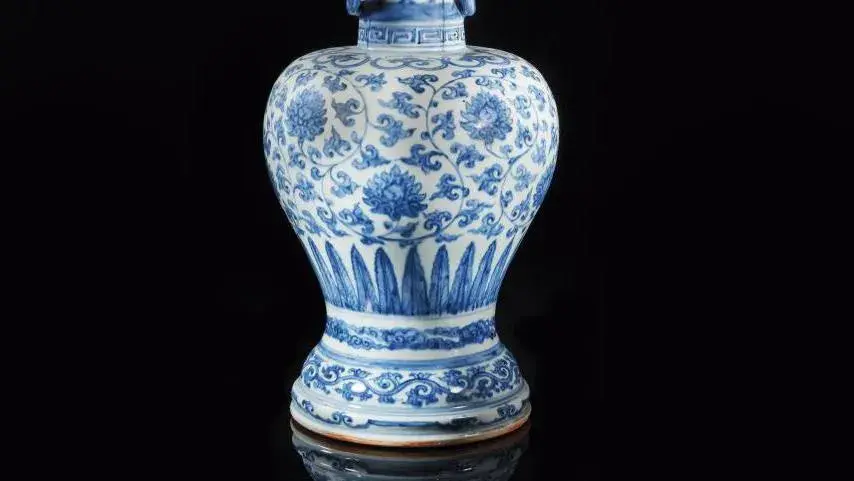P is for Chinese Porcelain
Published on

Ceramics are to China what painting and sculpture are to Europe. While Europe distinguishes translucent porcelain from other Chinese ceramics, the "Middle Kingdom" is less restrictive. China, Zhengde period (1506-1521). Blue-and-white underglaze porcelain baluster vase with high multi-foiled bell neck, Zhengde four-character kaishu mark, h. 44.6 cm/17.3 in. Wednesday June 12, Hôtel Drouot, Tessier & Sarrou & associés auction house, Cabinet Portier & associés. Result: €755,200 In Europe, kaolin, a white clay, is considered the key ingredient in creating translucent porcelain, hard and resonant. In China, high firing temperatures earn ceramics their coveted title. But what they all have in common is their composition: a paste









